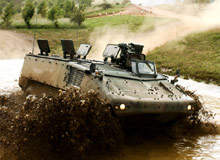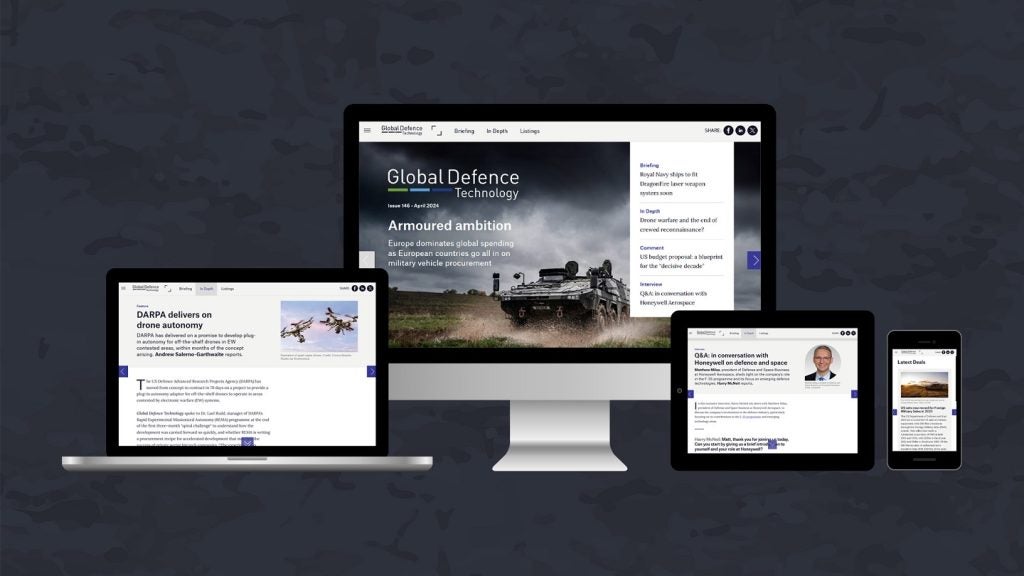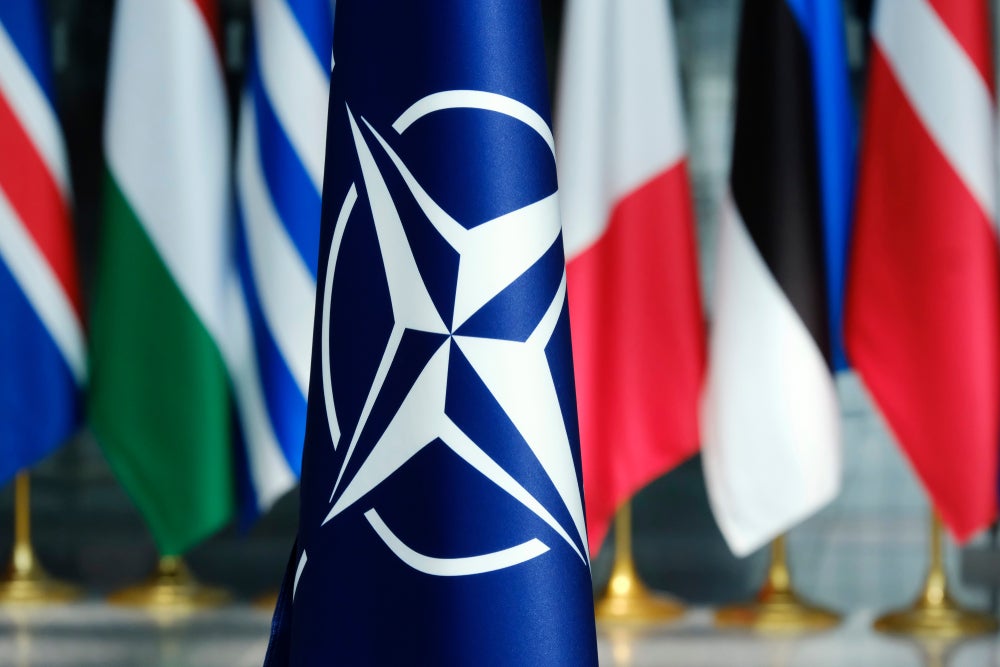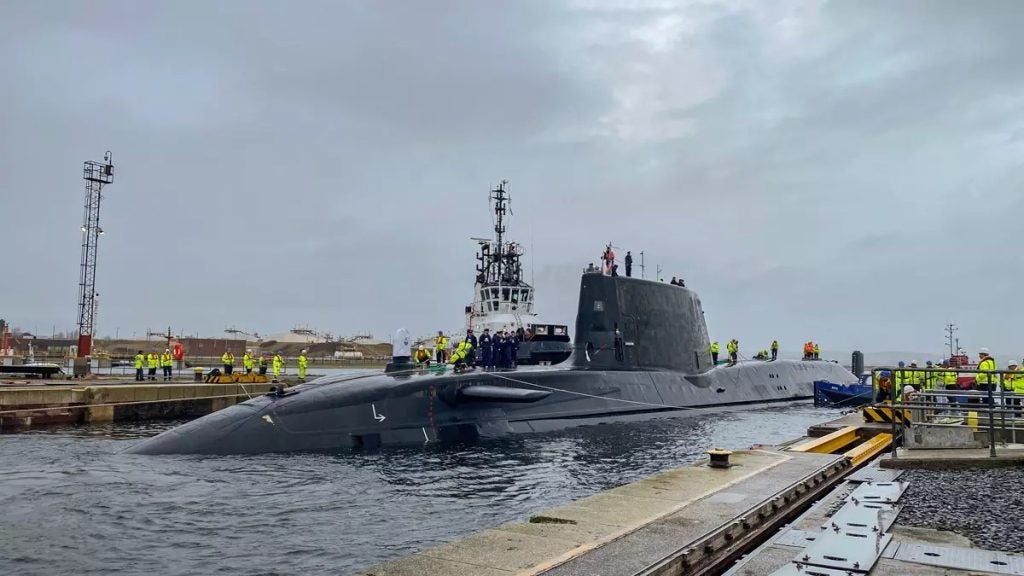
The nature of modern land warfare is changing. No longer are divisions of troops and heavy armour ranged against each other in a battle of numbers and firepower – that went out with the end of World War II and the advent of nuclear weapons. These days the battlespace is asymmetric or unstructured, ‘low intensity’ and regional, and where at least one of the protagonists relies heavily on technology.
Increasingly, governments are updating their existing land forces or creating new ones. Ask them how they plan to do this in future, however, and they will, quite naturally, decline to comment.
Two of the most prominent emerging land warfare systems for the 21st century – the British Army’s Future Rapid Effects System (FRES) and the US Army’s Future Combat Systems (FCS), the British and US Armies’ modernisation programmes – do offer some insight into the form other land forces may take.
And as they do, commercial-military development is increasing, along with the use of commercial-off-the-shelf technologies.
WHAT WE KNOW ABOUT FRES
As its name suggests, FRES is being designed as a rapid reaction force, to enable the British Army to deal quickly and effectively with trouble spots around the world, with a reduction in the amount of manpower required. Like FCS, it will be what’s called a medium-weight force – light enough to be transported somewhere fast yet still have ‘survivability’ through the use of armour to get the job done on the ground without having to wait for backup.
How well do you really know your competitors?
Access the most comprehensive Company Profiles on the market, powered by GlobalData. Save hours of research. Gain competitive edge.

Thank you!
Your download email will arrive shortly
Not ready to buy yet? Download a free sample
We are confident about the unique quality of our Company Profiles. However, we want you to make the most beneficial decision for your business, so we offer a free sample that you can download by submitting the below form
By GlobalDataFRES will consist of five families of vehicle platforms – utility (for armoured support, command and control), reconnaissance and fire (for intelligence, surveillance and target acquisition), manoeuvre support units including a vehicle-launched bridge and a basic capability unit.
Used together, the various platforms will be designed to communicate with each other over a digital network. But they must also have the potential to be upgraded when the need arises. In practice this means they will have to provide a complete ‘system of systems’ when operating with other (as yet unspecified) capabilities, and will need to make full use of any intelligence-gathering capabilities available now or in the future.
It’s still early days for FRES. So early in fact, that the UK’s Ministry of Defence won’t be drawn on requirements for the system, instead saying it ‘continues to be informed by operational experience, where the threats to our forces are constantly evolving’. It did not announce the preferred design of the first platform, the utility variant, until May 2008. This is the Piranha V from General Dynamics, which is expected to enter service in the 2010s.
But some details of the principles behind it do exist. Neil Sparshott, business development manager in the platform systems unit of defence technology company QinetiQ, says: “FRES differs from traditional land warfare systems in its use of an ‘open architecture’, where the various platforms in the system will be designed to make upgrades easier, giving them the flexibility to evolve to accommodate new technology. Remember that FRES is designed to have a service life of at least 30 years – that’s a long time in terms of the evolution of technology.
“FRES will come with a range of ‘survivability suites’ of equipment that will be fitted to the vehicles according to the nature of the threat and the theatre of conflict,” he says. “You’ll therefore have different suites for deployment in a desert or other open terrain, for example, in a forest or for an urban, peace-keeping setting. An analogy here is that of fitting different store groups to a multi-role combat aircraft depending on its mission.”
THE US AND FUTURE COMBAT SYSTEMS
By contrast, the US Army’s FCS is more developed – about a third of the programme is now complete – and a lot more ambitious. It includes unattended ground sensors, non-line-of-sight cannons and mortars, two classes of unmanned aerial vehicles, two classes of unmanned ground vehicles, multifunctional utility / logistics and equipment vehicle variants, various types of manned ground vehicles, as well as a comms network linking the whole system together. And like FRES, FCS will network existing systems, those under development and those yet to be developed.
When development is complete (in the 2030s) FCS will be expected to enable the US Army to dominate every domain of a battlefield – land, sea and air – and, again like FRES, it will be a ‘system of systems’. But whereas FRES leans more towards the open architecture approach, FCS is heading more down the network capability route, the idea being to provide every element of system – from armoured vehicles to unmanned vehicles – with an ‘all-seeing’ environment of the military theatre.
Yet both systems will form part of an interoperable network, and this relatively new concept of ‘network-centric’ warfare will mean that instead of the traditional contest of sheer firepower and troop numbers, land forces of the future will become a single entity composed of numerous parts that can adapt to fast-changing situations.
WHERE SIMILARITIES LIE
But both systems do have some similarities, one being the growing use of commercial off-the-shelf (COTS) technology adapted to meet the military’s needs. BAE Systems is involved in FCS, with a test model of the non-line-of-sight cannon, and is bidding for the role of the FRES Utility vehicle integrator, so it’s well placed to explain why COTS is key.
“The primary advantage of COTS technology is the role it can play in reducing cost and risk in programme development,” says a company spokesman. “It can also help vehicle support and future upgrades through an easier adoption of open system architectures. For example, from a hardware point of view, we’ve used parking sensors from the motor industry to help develop sense-and-avoid technology in unmanned vehicles.”
Some critics of the use of COTS argue that the military may have no control over future changes to a product, but QinetiQ’s Sparshott counters this by pointing out that the technology is selected according to commercial standards that are unlikely to change. “For example, Ethernet would be adapted by making the hardware rugged and using the same standard protocols as in the commercial world,” he says.
The argument also ignores the ‘circle’ of development and supply that exists between the commercial and military sectors. As Sparshott explains, “The military regularly funds research upfront in the commercial sector, then benefits further down the supply chain. This allows the commercial sector to prove a technology and reduce costs while the military cuts in and out of the supply circle.”
Another advantage is that, particularly in computing and telecoms, the technology is advancing much faster in the commercial sector than in the military, which enables the military to consider the most up-to-date and cost-effective technology available at the time.
So COTS is not about straightforward adoption – ‘off-the-shelf’ is something of a misnomer. As BAE Systems puts it, “integration of COTS technology into military systems must be done in a way that ensures the effectiveness of the system is not compromised and that the COTS equipment is sufficiently robust.”






